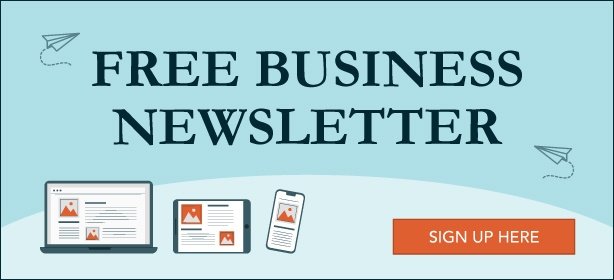November 29, 2021
SBA Form 413: How to Complete the Personal Finance Statement
The SBA requires applicants to provide a personal financial statement in order to evaluate their credit history and ability to repay debt.
Although completing multiple forms can be tedious, it’s important to pay careful attention to SBA Form 413 as it can impact your business’s ability to secure financing. In this blog post, we'll detail how to complete this form so that you can increase your chances of getting approved for an SBA loan.

What You Need to Know about SBA Form 413:
Who Needs to Complete SBA Form 413?
Any business owner applying for an SBA 7(a) loan or SBA 504 loan must fill out SBA Form 413, which includes:- The sole proprietor of the business
- Each general partner of a partnership
- All managing members of an LLC
- Every owner with 20 percent or more equity interest in the business (spouses that individually hold equity in a business are counted together to determine the 20 percent threshold)
- Any person or entity providing a guarantee on the loan

Documents to Compile Before Completing the Form
Because SBA Form 413 can be tedious to complete and requires considerable information, you should take time to compile the following documents:- Checking and savings account statements
- Life insurance documents
- Pay stubs
- Stocks, bonds, and other investment documents
- Retirement account statements
- Other financial statements that prove additional forms of income
How to Complete SBA Form 413
SBA Form 413 includes 11 sections for business loan applicants to complete. The final three sections of the form summarize the information you’re asked to provide in the preceding eight sections. Here’s a brief overview of what you’ll need to report on this form in order to qualify for financing:1. Sources of Income
In this section, you'll be asked to detail the following information about your business and personal sources of income:- Your current salary
- Annual net investment income
- Real estate income
- Any other sources of income such as pensions or child support
2. Notes Payable to Banks and Others
Notes payable include credit cards, personal loans, and installment loans. For each note held, you’ll have to list the following information:- Name and address of the note-holder
- Original balance
- Current balance
- Payment amount
- Frequency of payments
- How the note is secured or endorsed
3. Stocks and Bonds
For each security you or your spouse own, you’ll be asked to report the security name, number of shares owned, cost basis, and market value as of the date you select.4. Real Estate Owned
In this section, you’ll need to include each type of property you own, the address, date of purchase and original cost, present market value, and any relevant mortgage information. If the property is reported on your personal tax return, it should be included in this section.5. Other Personal Assets and Property
Here, you’ll list property such as jewelry, IRAs or other retirement accounts, cars, and recreational vehicles. For all vehicles you own, you can obtain an estimated value by using an online tool such as Kelley Blue Book.6. Unpaid Taxes
You’ll need to report any unpaid taxes on Form 413. Unpaid tax debt stays on your credit report for seven years. You must be current on all federal, state, and local taxes before the SBA will make you a loan.7. Other Liabilities
The SBA lender will want to be aware of any liabilities you have as a borrower. Other liabilities may include co-signed or guaranteed obligations, debts to foreign governments, or outstanding lawsuits, among other examples.8. Life Insurance Held
In this section of the form, you’ll list any life insurance policies held by you or your spouse, as well as the death benefit and cash surrender value for each.Documents Needed for SBA Form 413
Numerous supporting documents are needed to verify the information you provide in SBA Form 413. This documentation typically includes:- Bank account statements
- IRA, 401(k), and other retirement account statements
- Life insurance statements showing current cash value
- Investment documents showing current value
- Pay stub
- Statements for other income
- Loan statements (such as mortgages, credit cards, and auto loans)